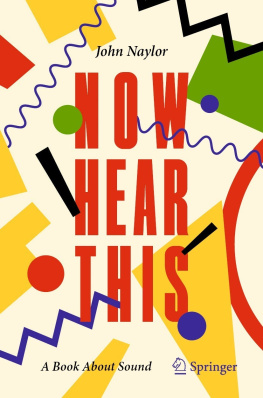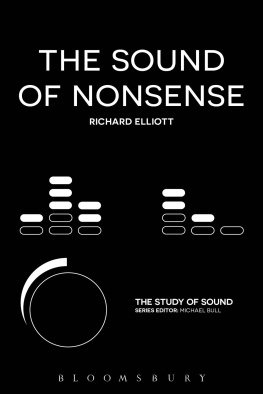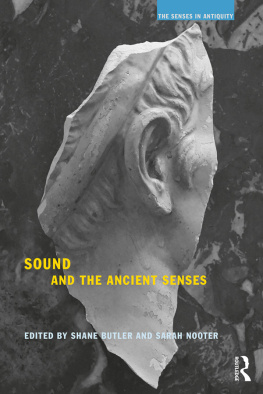Eric J. Heller - Why You Hear What You Hear: An Experiential Approach to Sound, Music, and Psychoacoustics
Here you can read online Eric J. Heller - Why You Hear What You Hear: An Experiential Approach to Sound, Music, and Psychoacoustics full text of the book (entire story) in english for free. Download pdf and epub, get meaning, cover and reviews about this ebook. year: 2013, publisher: Princeton University Press, genre: Science. Description of the work, (preface) as well as reviews are available. Best literature library LitArk.com created for fans of good reading and offers a wide selection of genres:
Romance novel
Science fiction
Adventure
Detective
Science
History
Home and family
Prose
Art
Politics
Computer
Non-fiction
Religion
Business
Children
Humor
Choose a favorite category and find really read worthwhile books. Enjoy immersion in the world of imagination, feel the emotions of the characters or learn something new for yourself, make an fascinating discovery.

- Book:Why You Hear What You Hear: An Experiential Approach to Sound, Music, and Psychoacoustics
- Author:
- Publisher:Princeton University Press
- Genre:
- Year:2013
- Rating:3 / 5
- Favourites:Add to favourites
- Your mark:
Why You Hear What You Hear: An Experiential Approach to Sound, Music, and Psychoacoustics: summary, description and annotation
We offer to read an annotation, description, summary or preface (depends on what the author of the book "Why You Hear What You Hear: An Experiential Approach to Sound, Music, and Psychoacoustics" wrote himself). If you haven't found the necessary information about the book — write in the comments, we will try to find it.
Why You Hear What You Hear is the first book on sound for the nonspecialist to empower readers with a hands-on, ears-open approach that includes production, analysis, and perception of sound. The book makes possible a deep intuitive understanding of many aspects of sound, as opposed to the usual approach of mere description. This goal is aided by hundreds of original illustrations and examples, many of which the reader can reproduce and adjust using the same tools used by the author (e.g., very accessible applets for PC and Mac, and interactive web-based examples, simulations, and analysis tools will be found on the books website: whyyouhearwhatyouhear.com. Readers are positioned to build intuition by participating in discovery.
This truly progressive introduction to sound engages and informs amateur and professional musicians, performers, teachers, sound engineers, students of many stripes, and indeed anyone interested in the auditory world. The book does not hesitate to follow entertaining and sometimes controversial side trips into the history and world of acoustics, reinforcing key concepts. You will discover how musical instruments really work, how pitch is perceived, and how sound can be amplified with no external power source.
Sound is key to our lives, and is the most accessible portal to the vibratory universe. This book takes you there.
The first book on sound to offer interactive tools, building conceptual understanding via an experiential approach Supplementary website (http://www.whyyouhearwhatyouhear.com) will provide Java, MAX, and other free, multiplatform, interactive graphical and sound applets Extensive selection of original exercises available on the web with solutions Nearly 400 full-color illustrations, many of simulations that students can doEric J. Heller: author's other books
Who wrote Why You Hear What You Hear: An Experiential Approach to Sound, Music, and Psychoacoustics? Find out the surname, the name of the author of the book and a list of all author's works by series.










